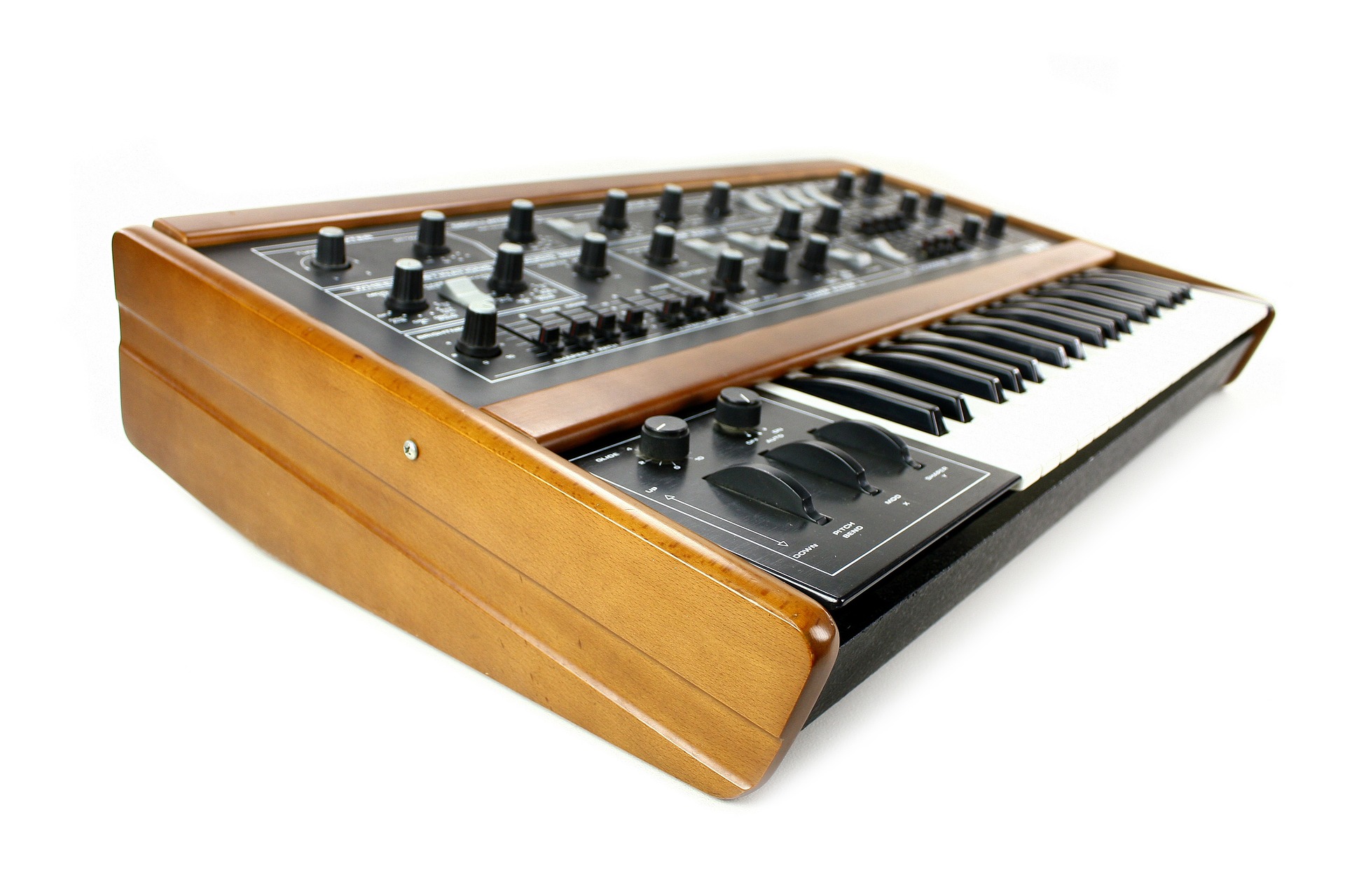The whole evolution of music and musical instruments is so fascinating whether you love playing musical instruments or you just indulge yourself into listening to music. From the early period tracing back to some 67 000 years ago of some prehistoric times until now, musical instruments have been changing a lot to quenching the musicians thirst. How vast and amazing human mind is with its creations!
In modern times, one of the most noticeable piece of instrument that made a magnificent remark is the synthesizer and this article will tell you more about the development of this device.
The first phase of synthesizers
Synthesizers themselves went through various evolutionary stages as well. The first synthesizer that was available for commercial use or public use with relatively affordable price was Minimoog by Moog Inc. In 1971. It was a pure analogue synthesizer. Which is to say, the sound that was generated it purely by the means of electric components located inside the synthesizer, such as various transistors and capacitors with their unique roles and responsibilities. Analogue synthesizers dominated 1970s music culture. A lot of prominent bands and artist of the time like Pink Floyd, Yes, Brian Eno and honestly almost every band and artist had one Moog sitting there to dominate the sound crafted by their respective players.
The raise of digital synthesizers
Things took a steep turn as engineers began to keep researching and adding new features that were not present in the analogue synthesizers. With the ever-evolving technology created by great minds, the analogue synthesizers began to lose their ground due to various problems such as no storage memory to keep the sound made as pre-sets or the tuning problems which would often goes out of tune and so on.
With the possible solution in hand, came in digital synthesizers. No wonder, with their new capabilities that went hand in hand with analogue synthesizers with a slight exception, people from all over the world dove right in. This was happening during the late 70s, when the post punk movement was gradually coming in along with new synth pop culture.
What defines a digital synthesizer is its possibility to replicate the same analogy of analogue circuits but here the analogue circuits are controlled by some added components. These digital components combined with analogue circuits made some fascinating new way of shaping sound. With the analogue synthesizers that tone palettes were always somewhat to some fixed length. Digital synthesizers changed the direction.

